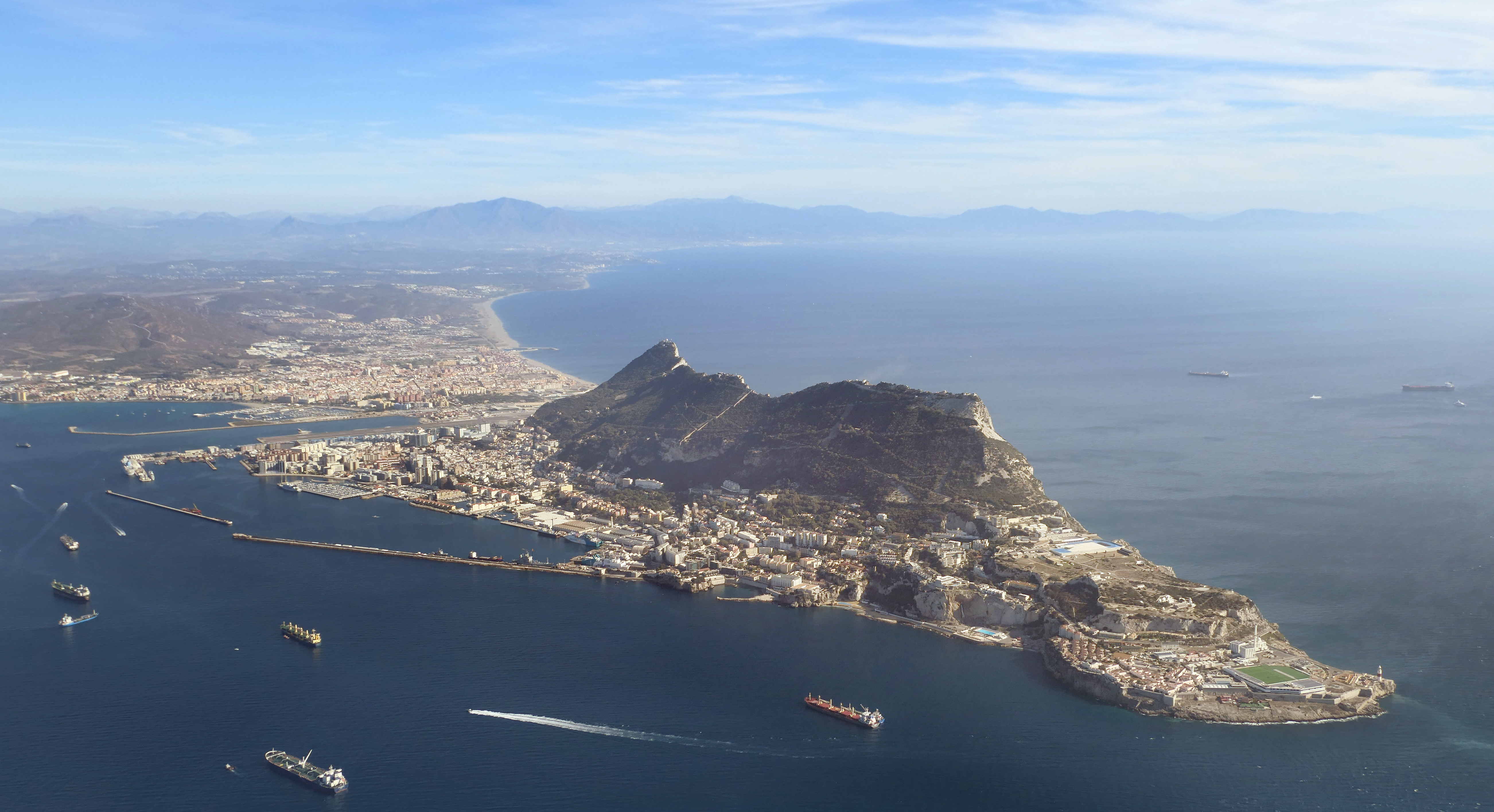|
Sir Alexander Campbell, 1st Baronet
Lieutenant-General Sir Alexander Campbell, 1st Baronet, (20 August 176011 December 1824) was a senior officer of the British Army during the early nineteenth century. His long and varied career saw extensive action, including engagements in Europe during the American Revolutionary War, in India during the Fourth Anglo-Mysore War and subsequently in the Peninsular War as one of the Duke of Wellington's generals. Badly wounded during the Peninsular campaign, Campbell was rewarded with a knighthood and a baronetcy, later holding a number of prestigious military commands. Life Alexander Campbell was born in 1760, the son of John Campbell of Achalader, Perthshire (of a branch of the Breadalbane Campbells) and Isabella, daughter of John Campbell of Barcaldine. In 1776 at the outbreak of the American Revolutionary War, 16-year-old Campbell purchased a commission in the Royal Regiment and by 1780 had become a captain, moving to the 97th Regiment of Foot. In 1781 the 97th was ordered ... [...More Info...] [...Related Items...] OR: [Wikipedia] [Google] [Baidu] |
Perthshire
Perthshire ( locally: ; gd, Siorrachd Pheairt), officially the County of Perth, is a historic county and registration county in central Scotland. Geographically it extends from Strathmore in the east, to the Pass of Drumochter in the north, Rannoch Moor and Ben Lui in the west, and Aberfoyle in the south; it borders the counties of Inverness-shire and Aberdeenshire to the north, Angus to the east, Fife, Kinross-shire, Clackmannanshire, Stirlingshire and Dunbartonshire to the south and Argyllshire to the west. It was a local government county from 1890 to 1930. Perthshire is known as the "big county", or "the Shire", due to its roundness and status as the fourth largest historic county in Scotland. It has a wide variety of landscapes, from the rich agricultural straths in the east, to the high mountains of the southern Highlands. Administrative history Perthshire was an administrative county between 1890 and 1975, governed by a county council. Initially, Perths ... [...More Info...] [...Related Items...] OR: [Wikipedia] [Google] [Baidu] |
British Army
The British Army is the principal land warfare force of the United Kingdom, a part of the British Armed Forces along with the Royal Navy and the Royal Air Force. , the British Army comprises 79,380 regular full-time personnel, 4,090 Gurkhas, and 28,330 volunteer reserve personnel. The modern British Army traces back to 1707, with antecedents in the English Army and Scots Army that were created during the Restoration in 1660. The term ''British Army'' was adopted in 1707 after the Acts of Union between England and Scotland. Members of the British Army swear allegiance to the monarch as their commander-in-chief, but the Bill of Rights of 1689 and Claim of Right Act 1689 require parliamentary consent for the Crown to maintain a peacetime standing army. Therefore, Parliament approves the army by passing an Armed Forces Act at least once every five years. The army is administered by the Ministry of Defence and commanded by the Chief of the General Staff. The British ... [...More Info...] [...Related Items...] OR: [Wikipedia] [Google] [Baidu] |
Battle Of Assaye
The Battle of Assaye was a major battle of the Second Anglo-Maratha War fought between the Maratha Empire and the British East India Company. It occurred on 23 September 1803 near Assaye in western India. An outnumbered Indian and British force, under the command of Major General Arthur Wellesley (who later became the Duke of Wellington), defeated a combined Maratha army of Daulatrao Scindia and the Bhonsle Raja of Berar. The battle was Wellesley's first major victory and the one he later described as his finest accomplishment on the battlefield, even more so than his more famous victories in the Peninsular War, and his defeat of Napoleon Bonaparte at the Battle of Waterloo. From August 1803, Wellesley's army and a separate force under the command of his subordinate, Colonel James Stevenson, pursued the Maratha cavalry-based army, which had threatened to raid south into Hyderabad. After several weeks of pursuit and countermarching, Scindia reinforced the combined Maratha ... [...More Info...] [...Related Items...] OR: [Wikipedia] [Google] [Baidu] |
Seringapatam
Srirangapatna is a town and headquarters of one of the seven Taluks of Mandya district, in the Indian State of Karnataka. It gets its name from the Ranganthaswamy temple consecrated at around 984 CE. Later, under the British rule the city was renamed to Seringapatnam. Located near the city of Mandya, it is of religious, cultural and historic importance. The monuments on the island town of Srirangapatna have been nominated as a UNESCO World Heritage Site, and the application is pending on the tentative list of UNESCO. History Srirangapatna has since time immemorial been an urban center and place of pilgrimage. During the Vijayanagar empire, it became the seat of a major viceroyalty, from where several nearby vassal states of the empire, such as Mysore and Talakad, were overseen. When perceiving the decline of the Vijayanagar empire, the rulers of Mysore ventured to assert independence, Srirangapatna was their first target. Raja Wodeyar I vanquished Rangaraya, the then vic ... [...More Info...] [...Related Items...] OR: [Wikipedia] [Google] [Baidu] |
Gibraltar
) , anthem = " God Save the King" , song = " Gibraltar Anthem" , image_map = Gibraltar location in Europe.svg , map_alt = Location of Gibraltar in Europe , map_caption = United Kingdom shown in pale green , mapsize = , image_map2 = Gibraltar map-en-edit2.svg , map_alt2 = Map of Gibraltar , map_caption2 = Map of Gibraltar , mapsize2 = , subdivision_type = Sovereign state , subdivision_name = , established_title = British capture , established_date = 4 August 1704 , established_title2 = , established_date2 = 11 April 1713 , established_title3 = National Day , established_date3 = 10 September 1967 , established_title4 = Accession to EEC , established_date4 = 1 January 1973 , established_title5 = Withdrawal from the EU , established_date5 = 31 January 2020 , official_languages = English , languages_type = Spoken languages , languages = , capital = Westside, Gibraltar (de facto) , coordinates = , largest_settlement_type = largest district , larg ... [...More Info...] [...Related Items...] OR: [Wikipedia] [Google] [Baidu] |
Royal Marines
The Corps of Royal Marines (RM), also known as the Royal Marines Commandos, are the UK's special operations capable commando force, amphibious light infantry and also one of the five fighting arms of the Royal Navy. The Corps of Royal Marines can trace their origins back to the formation of the "Duke of York and Albany's maritime regiment of Foot" on 28 October 1664, and can trace their commando origins to the formation of the 3rd Special Service Brigade, now known as 3 Commando Brigade on 14 February 1942, during the Second World War. As a specialised and adaptable light infantry and commando force, Royal Marine Commandos are trained for rapid deployment worldwide and capable of dealing with a wide range of threats. The Corps of Royal Marines is organised into 3 Commando Brigade and a number of separate units, including 47 Commando (Raiding Group) Royal Marines, and a company-strength commitment to the Special Forces Support Group. The Corps operates in all environments an ... [...More Info...] [...Related Items...] OR: [Wikipedia] [Google] [Baidu] |
Channel Fleet
The Channel Fleet and originally known as the Channel Squadron was the Royal Navy formation of warships that defended the waters of the English Channel from 1854 to 1909 and 1914 to 1915. History Throughout the course of Royal Navy's history there had been different squadrons stationed in home waters. One of the earliest known naval formations to be based at Plymouth was called the Western Squadron which was the forerunner of the Channel Squadron that was later known as the Channel Fleet. In 1650 Captain William Penn, Commander-in-Chief, was charged with guarding the Channel from Beachy Head to Lands End with six ships. This system continued following the Restoration. It was the start of what was to become a Western Squadron. From 1690 the squadron operated out of Plymouth Dockyard during wartime periods, which was for most of the 18th century and early 19th century. In 1854 The Channel Squadron, sometimes known as the Particular Service Squadron, was established. The Channel ... [...More Info...] [...Related Items...] OR: [Wikipedia] [Google] [Baidu] |
97th Regiment Of Foot
The 97th (The Earl of Ulster's) Regiment of Foot was an infantry regiment of the British Army, formed in 1824 and amalgamated into the Queen's Own (Royal West Kent Regiment) in 1881. History Raising In 1823 and 1824 the size of the British Army was increased by the raising of six regiments of foot, numbered the 94th-99th. The raising of the 97th Regiment was authorised by a royal warrant dated 25 March 1824: the colonelcy was given to Major General Sir James Lyon, with the headquarters to be established at Gosport. It was the sixth regiment of foot to have borne the number "97", the others having been short-lived war-raised units that existed at various periods during the Seven Years' War, the American Revolutionary War and the French Revolutionary and Napoleonic Wars. On 30 March the headquarters of the regiment were moved to Winchester, by which time recruiting parties were active throughout the United Kingdom. By June 1824 the regiment had been brought up to full strength. ... [...More Info...] [...Related Items...] OR: [Wikipedia] [Google] [Baidu] |
Royal Scots
The Royal Scots (The Royal Regiment), once known as the Royal Regiment of Foot, was the oldest and most senior infantry regiment of the line of the British Army, having been raised in 1633 during the reign of Charles I of Scotland. The regiment existed continuously until 2006, when it amalgamated with the King's Own Scottish Borderers to become the Royal Scots Borderers, which merged with the Royal Highland Fusiliers (Princess Margaret's Own Glasgow and Ayrshire Regiment), the Black Watch, the Highlanders (Seaforth, Gordons and Camerons) and the Argyll and Sutherland Highlanders to form the Royal Regiment of Scotland. History 17th century In April 1633, Sir John Hepburn was granted a warrant by Charles I to recruit 1200 Scots for service with the French army in the 1618–1648 Thirty Years War. The nucleus came from Hepburn's previous regiment, which fought with the Swedes from 1625 until August 1632, when Hepburn quarrelled with Gustavus Adolphus. It absorbed other ... [...More Info...] [...Related Items...] OR: [Wikipedia] [Google] [Baidu] |
Purchase Of Commissions In The British Army
The purchase of officer commissions in the British Army was the practice of paying money to the Army to be made an officer of a cavalry or infantry regiment of the English and later British Army. By payment, a commission as an officer could be secured, avoiding the need to wait to be promoted for merit or seniority. This practice was the usual way to obtain a commission in the Army from the 17th to the late 19th century. The practice began in 1683, during the reign of King Charles II, and continued until it was abolished on 1 November 1871, as part of the Cardwell Reforms. Formally, the purchase price of a commission was a cash bond for good behaviour, liable to be forfeited to the Army's cashiers (accountants) if found guilty of cowardice, desertion, or gross misconduct. Great Britain and Ireland Only commissions in cavalry and infantry regiments could be purchased and therefore only those up to the rank of colonel. Commissions in the Royal Engineers and the Royal Artillery ... [...More Info...] [...Related Items...] OR: [Wikipedia] [Google] [Baidu] |


